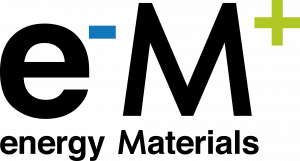New paper published in ACS Applied Materials & Interfaces. This work in collaboration with the teams of Markus Gallei and Guido Kickelbick (both at Saarland University) explores shear-induced co-assembly as a step towards creating unique (ordered) materials. The latter can be conveniently converted to metal oxide / carbon hybrids via thermal annealing. For example, titanium niobium oxide / carbon obtained this way profided 335 mAh/g at 10 mA/g and a capacity retention of 84% after 1000 cycles at 250 mA/g.
This website uses cookies so that we can provide you with the best user experience possible. Cookie information is stored in your browser and performs functions such as recognising you when you return to our website and helping our team to understand which sections of the website you find most interesting and useful.

